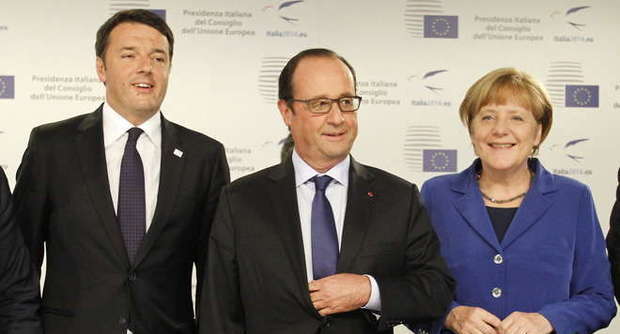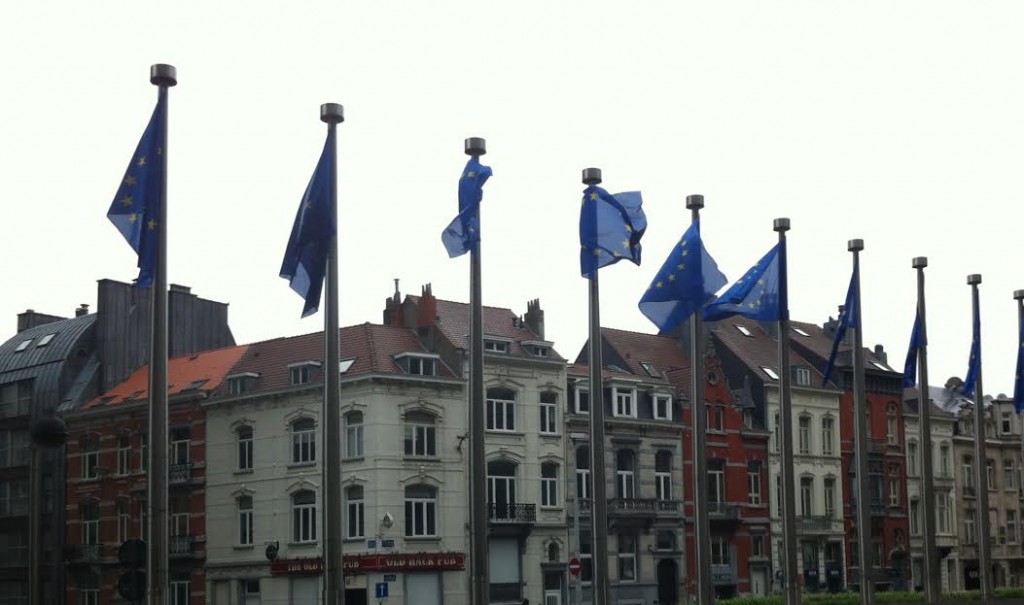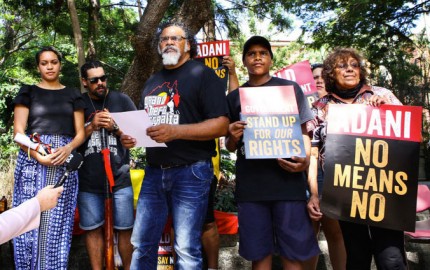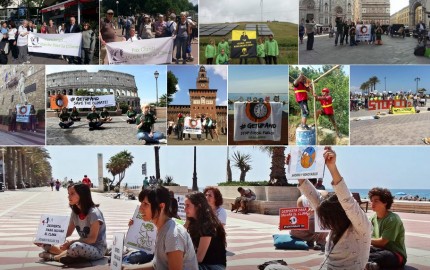Federico Brocchieri is one of our newest EU Negotiator Trackers. Here, he gives us an exclusive look into the EU’s recently submitted 2030 Climate and Energy Policy Framework.
Last September politicians and stakeholders from all over the world gathered in New York for the UN Climate Summit, first step of a 15-months roadmap full of meetings to enhance the process of reaching a new climate agreement. This new agreement, protocol or instrument with some kind of legal force, should commit all Parties to reducing their ghg emissions, in order to keeping the global average temperature increase below 2°C by 2100 (compared to 1850-1900 levels).
It is widely acknowledged that Paris COP21 (December, 2015) should be the venue to end this process - hopefully, with a successful outcome. However, intermediate meetings such as Lima COP20 - which is less than one month away - will be relevant to deliver the required progress to move the agenda forward.
Developed countries are expected to submit their INDCs (Intended Nationally Determined Contributions) by the end of March, 2015: negotiations in Lima will be crucial in this regard to make sure the deadline is respected and the submissions are adequate. Progresses are also requested on finance (Green Climate Fund, Loss & Damage) and on setting specific - and strict - eligibility criteria for a carbon market.
In this scenario, Europe - which is struggling to find a balance in the new Commission - has recently presented its 2030 Climate and Energy Policy Framework, which can be summarized as follows:
- A binding target of an at least 40% domestic reduction in ghg emissions (compared to 1990 levels);
This target should be achieved through measures in both ETS and non-ETS sectors: in the latter, each country shall cut its emissions from 0 to 40% by 2030 (compared to 2005) in a fair and balanced manner. It is a valid target, though the very minimum that could have been submitted since the first 20% was already achieved under the First Commitment Period of the Kyoto Protocol.
- A binding target of at least 27% for renewable energy;
Member states contributions will be “guided by the need to deliver collectively the EU target”, but more ambitious national goals are welcome. The positive aspect was the decision to make this target binding, although it was expected to reach at least 30%.
- A non-binding, indicative target of at least 27% for energy efficiency;
It is calculated by comparison with “projections of future energy consumption based on the current criteria”. It will be delivered “in a cost-effective manner” and leaves space to be reviewed by 2020 to bring it up to 30%. This was the most disappointing target, since it was defined as non-binding and resulted way below the 40% as earlier proposed by the Parliament.
- The establishment of a new reserve of 2% of the EU ETS allowances;
This will be destined to “Member States with a GDP per capita below 60% of the EU average”, in order to address eventual needs to improve energy efficiency.
- The extension of EU ETS free allocation after 2020;
This decision was justified as necessary “to prevent the risk of carbon leakage due to climate policy, as long as no comparable efforts are undertaken in other major economies, with the objective of providing appropriate levels of support for sectors at risk of losing international competitiveness”. It seems clear the fear of being cut out from the global market.
- The achievement of at least 10% of existing electricity interconnections;
Defined as a “matter of urgency” and mainly destined to marginalized countries, this initiatives aims at using European grids in a more effective way. It is also not excluded the possibility of using EU funds to meet the target.
- The implementation of critical projects of common interest in the gas sector;
These projects include “the North-South corridor, the Southern Gas Corridor and the promotion of a new gas hub in Southern Europe”. The document contains several recalls to the need to strengthen energy security, and it appears clear how gas now holds a central position in EU’s energy policy at mid-term. This position is controversial, since the decision of implementing gas can be seen both as a way to get rid of coal (that is more polluting) or as a choice to not invest strongly on renewables, as well as a mean to reduce importations and therefore to decrease energy-dependence from countries like Russia.
The general feeling is that Europe is missing some strong leadership on climate, especially after the elections in May which saw the rising of anti-Europeans parties and a growing instability in the Parliament. Amongst Member States, Italy was one of the few countries who climbed positions for the unexpected and unprecedented success of the Democratic Party.
However, Prime Minister Renzi’s first moves were all but climate-friendly. He introduced the “Unlock Italy” act, which is now under the analysis of the Senate to be turned into law. It has since been commonly renamed, “Unlock drills” by the main environmental NGOs for giving a free ride way to fossil fuel companies to start new exploration drills across the country.
The lack of leadership and energy security are not the only issues EU is going to face when climate talks resume in Lima. They will also have to deal with he controversial appointment of Canete, who took Connie Hedegaard’s place as EU Climate Commissioner. Canete has been strongly criticized by civil society for his links to the oil industry (including significant share holdings in two oil companies).
We are also unsure of the position of the new Vice-president for Energy Union - Maros Sefcovic - and his influence remains a mystery.
In this context, the scene has been set for a dramatic COP20. While the 2030 Climate and Energy Policy Framework may be seen as a positive move from a lot of countries, it still leaves a lot of unanswered questions waiting to be uncovered on the road to Paris.











